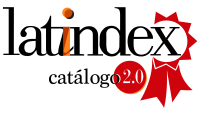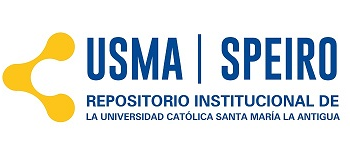La Biogeografía de Islas
herramienta científica y tecnológica de lo microscópico a lo universal.
DOI:
https://doi.org/10.37387/ipc.v8i1.128Keywords:
biodiversity, extinction, speciation, pathogens, pestsAbstract
Biogeography calls an island to every habitat suitable for a given species being surrounded by a non habitable zone for such a species. Thus, the mouths and bodies of people, water pounds, lakes, forest fragments, crops, cities, and even planets can be considered as islands. According to MacArthur and Wilson, the larger, older is lands near to biodiverse places host more species than small, younger islands located far away. Some of the exciting research lines comming out of that are: the colonization of plants and animals by pathogens and the ways to tackle that, the attack of crop s and cities by pests, and even the effectiveness of personal hygiene for reducing the risks of epidemies. Planets are islands
submitted to processes of: rise of life, speciation, extinction, and anihilation. Speeds of such processes are quantifiable respect to one single universal time: the Big Bang. That has made possible to introduce here a simple formula for universal biodiversity . Island Biogeography can guide the neverending creativity of humans studying life from the microscopic to the universal levels.
Downloads
Published
How to Cite
Issue
Section
License
1. The authors preserves the patrimonial rights (copyright) of the published works, and favors and allows their reuse.
2. The journal (and its contents) use Creative Commons licenses, specifically the CC BY NC SA type, where: "the beneficiary of the license has the right to copy, distribute, display and represent the work and make derivative works provided you acknowledge and cite the work in the manner specified by the author or licensor."
3. They can be copied, used, disseminated, transmitted and exhibited publicly, provided that: i) the authorship and the original source of its publication (magazine, publisher and URL, DOI of the work) are cited; ii) are not used for commercial purposes.
4. Conditions of self-archiving. Authors are encouraged to electronically disseminate the post-print versions (version evaluated and accepted for publication), as it favors their circulation and dissemination, increases their citation and reach among the academic community.











